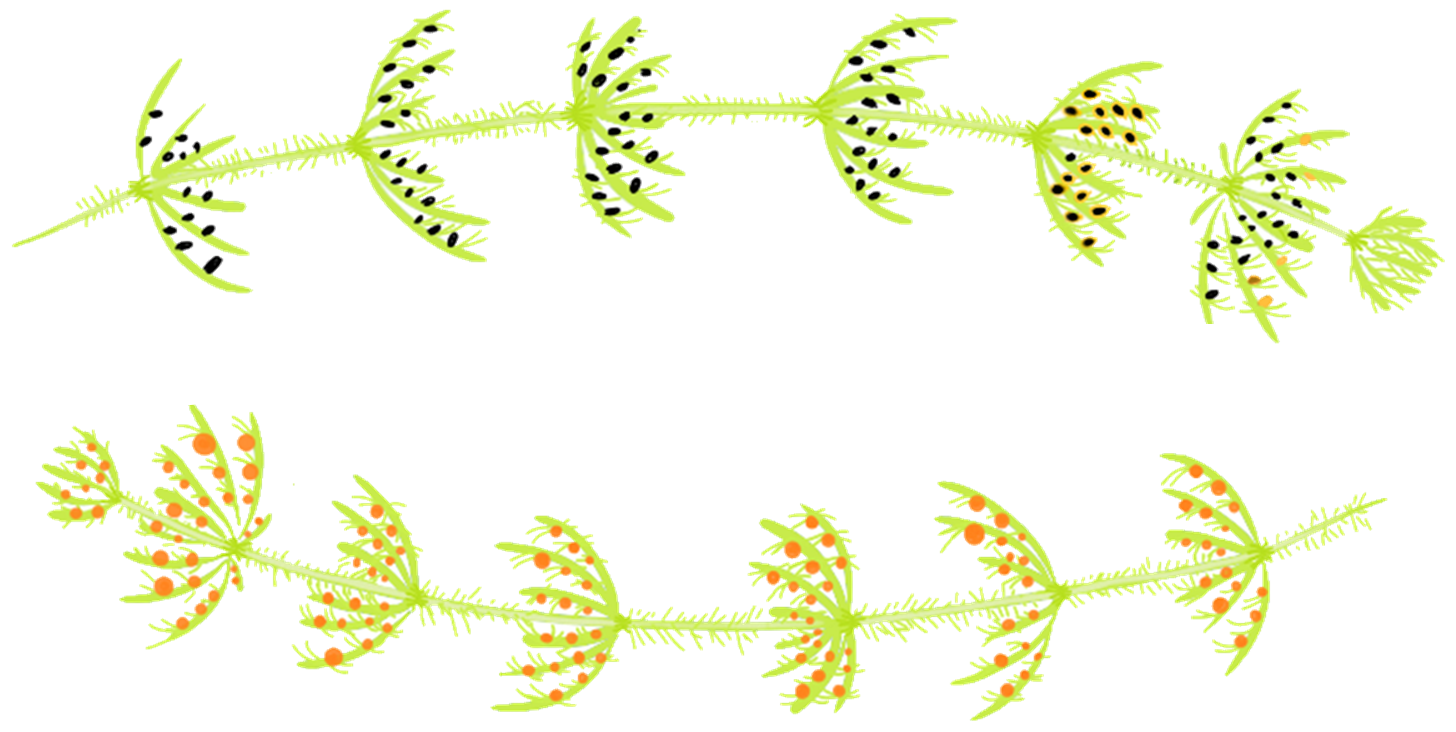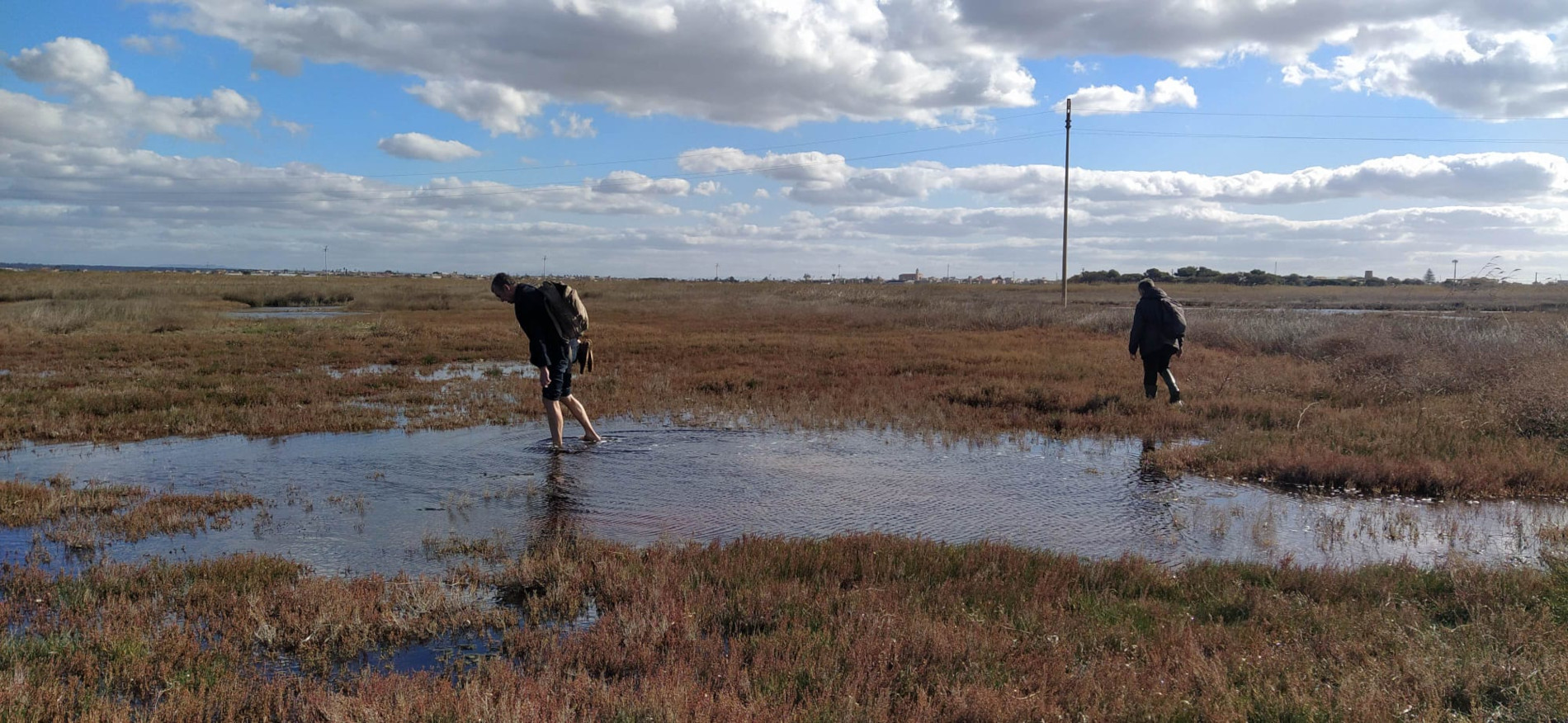

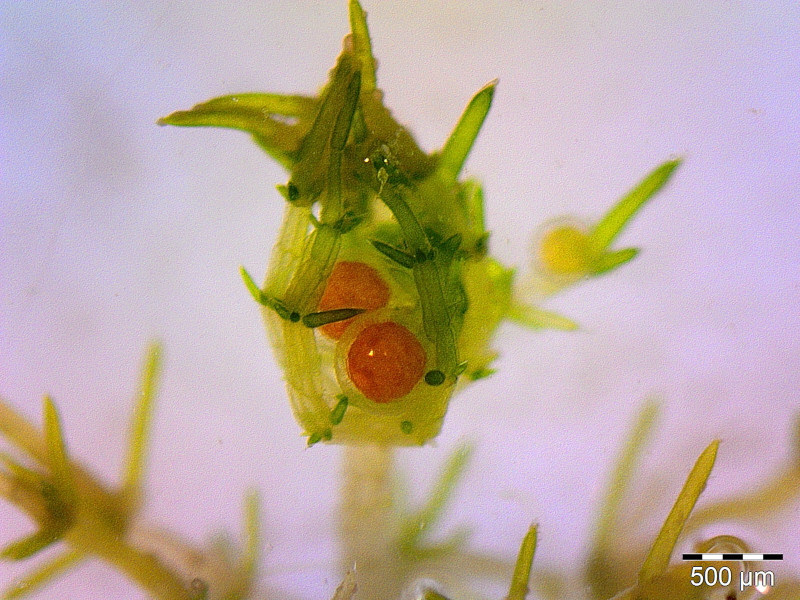
Great news from Sechsmahdlacke!
Chara canescens germinated at the ICBiBE's lab (University of Valencia) from sediment samples taken at the historic site of Sechsmahdlacke. Unexpectedly, one lab-grown individual developed male reproductive organs — the first recorded evidence of sexual reproduction at this location. This finding fills a gap left by earlier surveys and confirms the site's suitability for sexual populations, as suggested by the measurement of water parameters.
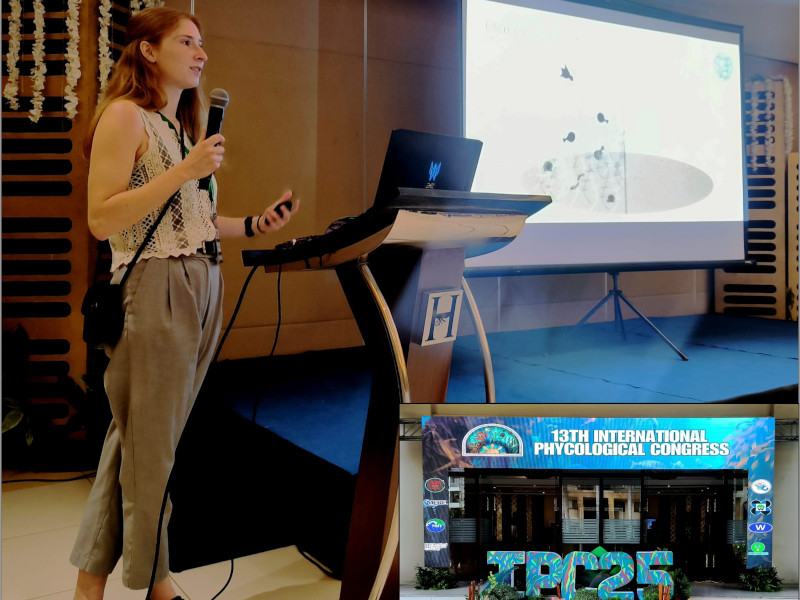
International Dissemination – IPC2025
The 13th International Phycological Congress took place from June 8 to 13, 2025, on the Philippine island of Bohol. The ProPartS project was presented in a scientific talk, which prompted particularly lively exchange on the geographic distribution of Chara canescens and its microbial interactions.
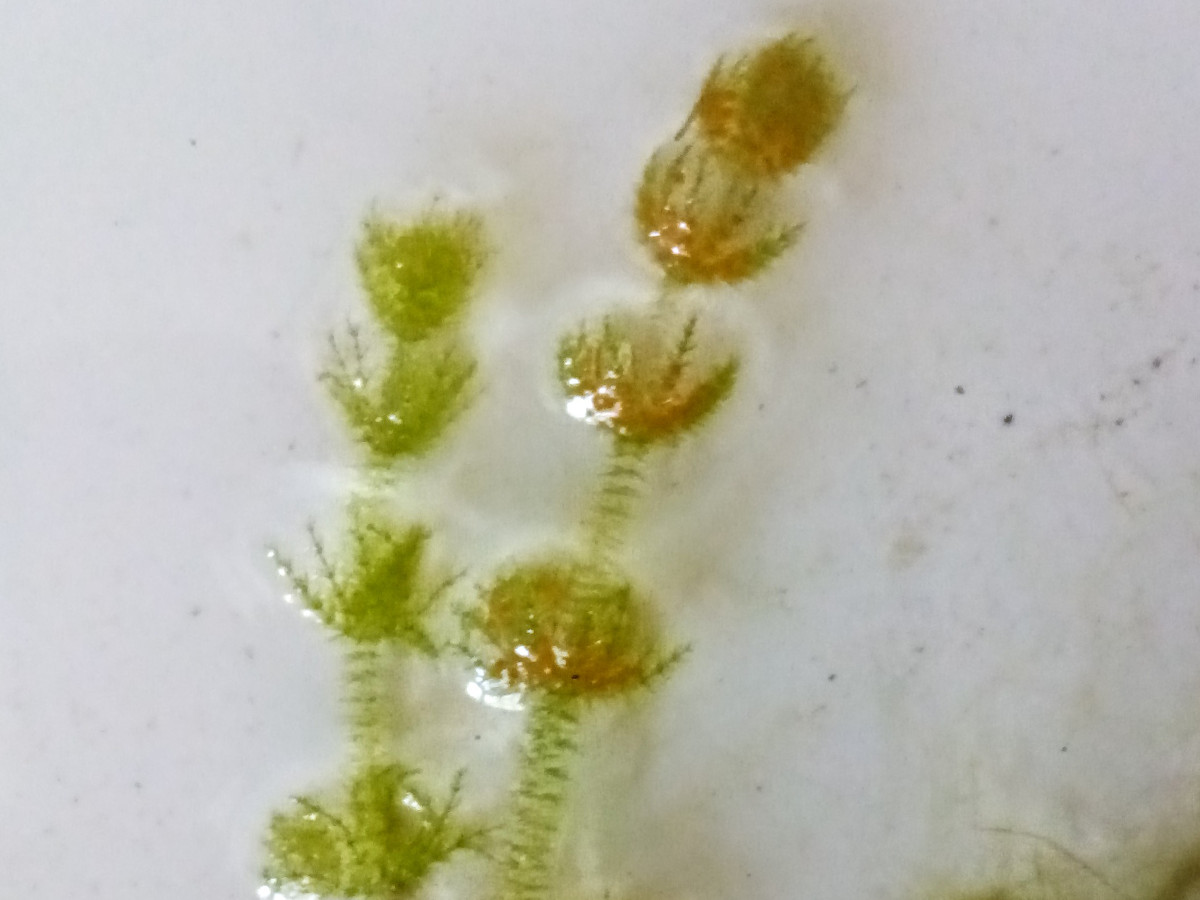
Sampling campaign in Southern France and Corsica
During fieldwork in Southern France and Corsica, Chara canescens populations were reassessed. At Vic-la-Gardiole, it was confirmed that no male individuals of C. canescens exist there anymore. Corsica's sexual population was rediscovered, heavily overgrown with filamentous green algae. A parthenogenetic population about 50 km away was also located. Although the individuals were very small, they showed rich fertility and will provide a valuable addition to forthcoming population genetic analyses.
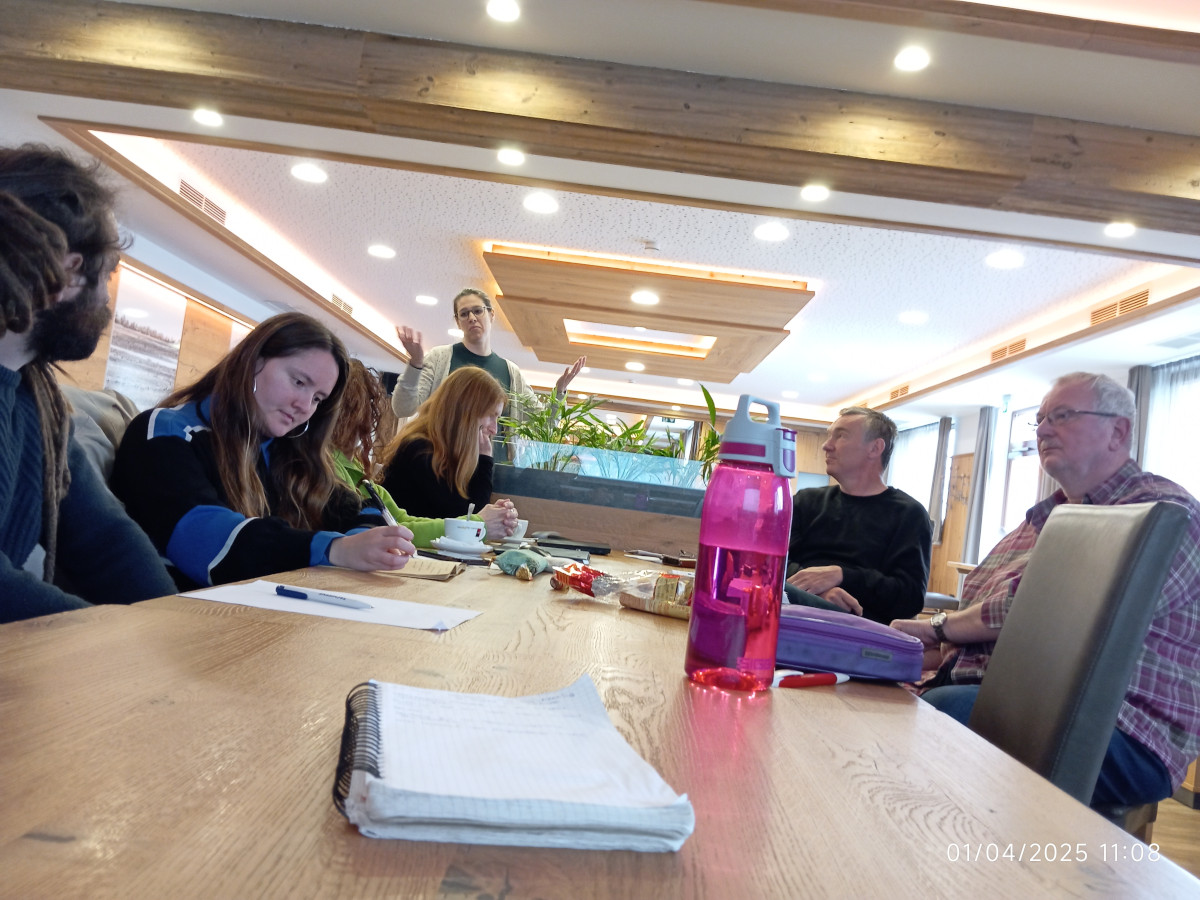
Fourth ProParts Meeting - St. Andrä, Austria
On 1-2 April 2025, the ProPartS partners met together for the second time in Austria (in the same place where the first kick-off Proparts meeting was held). The status of the project was reviewed, considering the work already done and the next steps. One of the main preliminary results is that the method used to analyze the genetics of the Chara canescens populations works: data are good; analysis can be made.
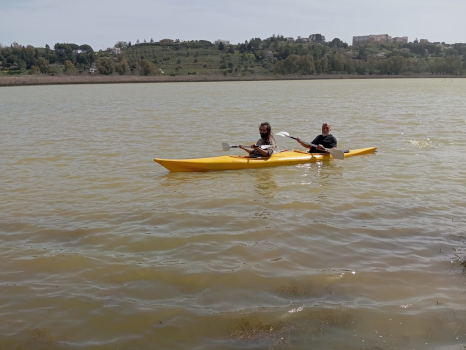
Pergusa - Italy
After a challenging year, Lake Pergusa, which hosts a sexual population of Chara canescens, has finally regained acceptable water levels, allowing the return of C. canescens and other macrophytes. A team of researchers from the University of Palermo has recently installed a datalogger to monitor the lake's salinity and depth in real time, ensuring constant oversight of this precious natural habitat. Further info (in italian): https://www.ennamagazine.it/Comuni/TabId/102/ArtMID/587/ArticleID/6362/Come-sta-il-lago-di-Pergusa-Decisamente-resiliente.aspx
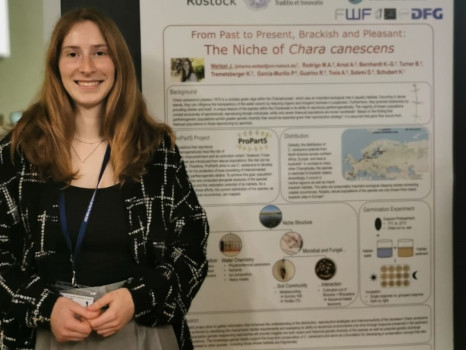
21st Scientific Phycology Conference – Göttingen, Germany
The ProPartS project was presented by Johanna Weitzel (German project partner) in a poster session. The presentation covered a general introduction to the project, with a focus on the analyses conducted to investigate the niche structure of Chara canescens. The endeavor and its funding received positive feedback from other conference participants.
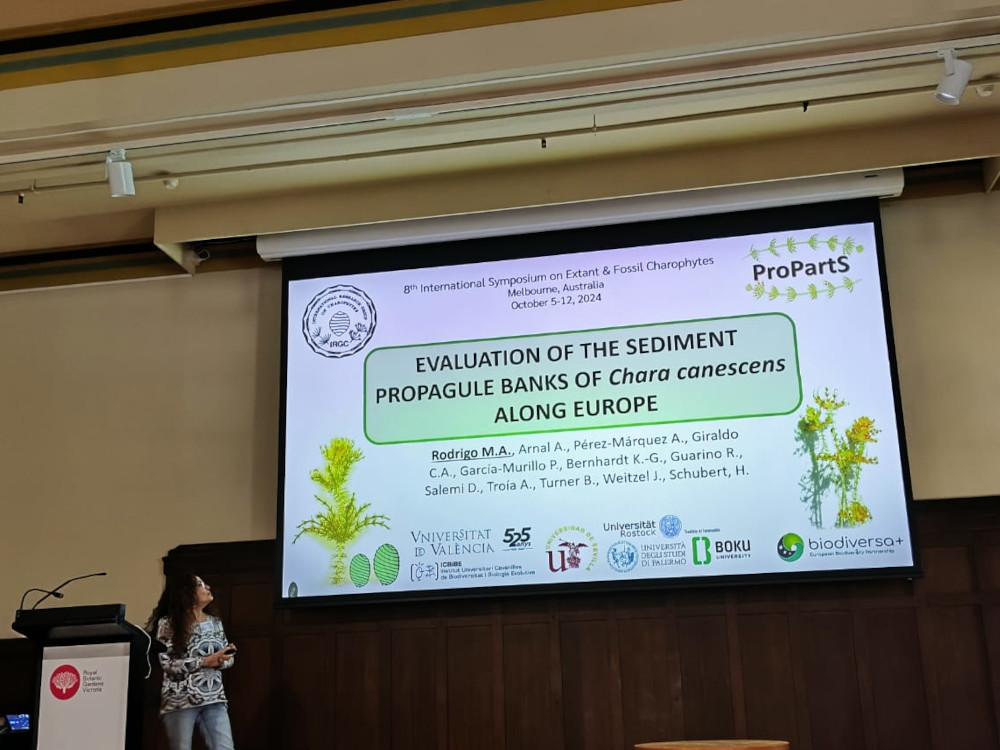
8th IRGC Congress in Melbourne, Australia
During the last International Research Group on Charophytes Congress (Melbourne, Australia, October 5-12, 2024) three oral communications regarding the ProPartS project were presented. Hendrik Schubert presented the project (aims, milestones and peculiarities of the species of study), while Maria A. Rodrigo and Adriana Arnal delved into the oospore sediment bank (study of viability and germination potential, and study of oospore morphometry, respectively).
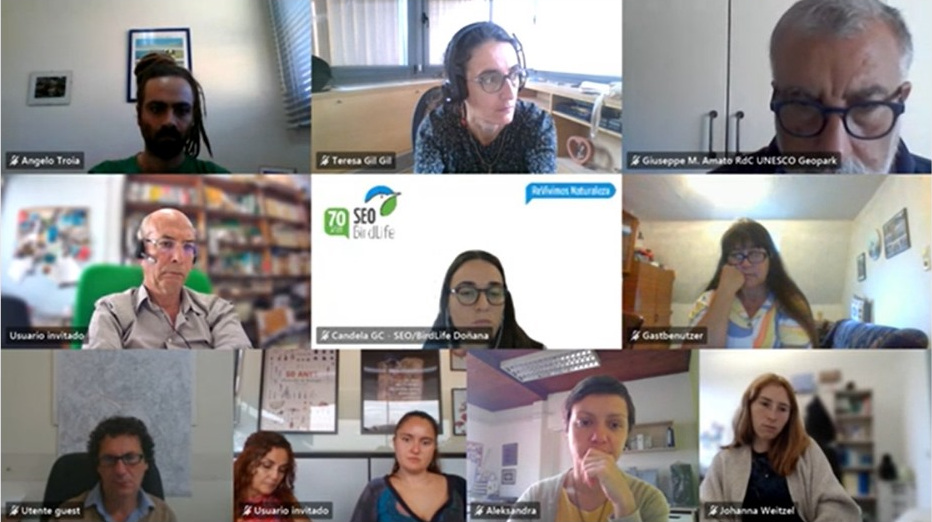
First Meeting of the International Network of Wetlands with sexual Chara canescens
Proparts stakeholders and partners met online to establish a network connecting the sites hosting the sexual populations of Chara canescens. People with different backgrounds took part in the event, from managers and administrators to environmental associations and researchers, coming from Austria (Biologische Station Neusiedler See), Italy (Comune di San Vero Milis, CEA Von Humboldt, Provincia di Enna and Rocca di Cerere Geopark), Serbia (University of Belgrade) and Spain (SEO and WWF). Other institutions and associations, unable to attend the first meeting, sent their availability to join the network.
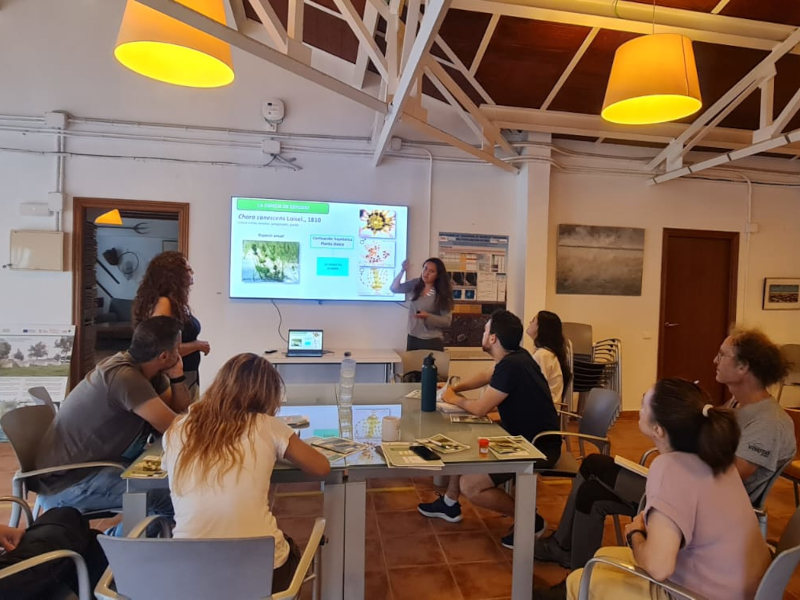
Valencia, Albufera Natural Park
In July, the researchers from the University of Valencia presented the project to some staff of the Albufera de València Natural Park in the Technical Management Office: Lucía Moreno, Juanjo Monzó (Generalitat Valenciana), Pablo Vera (Devesa-Albufera Office, Ajuntament de València), Carlos Peña (Flora Unit, Conservation Centre for Freshwater Species, Generalitat Valenciana). Also, they observed living specimens of Chara canescens under the stereo-microscope in the laboratory of Maria Rosa Miracle Biological Station.
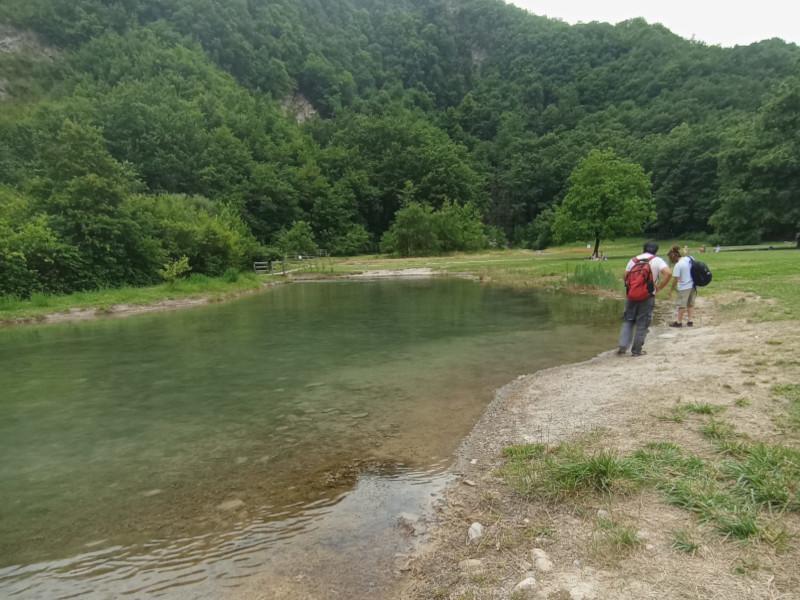
Poiano, Italy
Researchers from the University of Palermo visiting Poiano, a small basin fed by karst springs located in the province of Reggio Emilia (N-Italy). These water springs are characterized by a high concentration of sodium chloride (about 5 g/liter), and calcium sulfate (about 2.5 g/liter), which originate from the melting of salt deposits in the depths of a Triassic Gypsum massif. The basin hosts a parthenogenetic population of Chara canescens, which vegetates there year-round, due to the constant water temperature (about 10 °C) originating from the nearby springs.
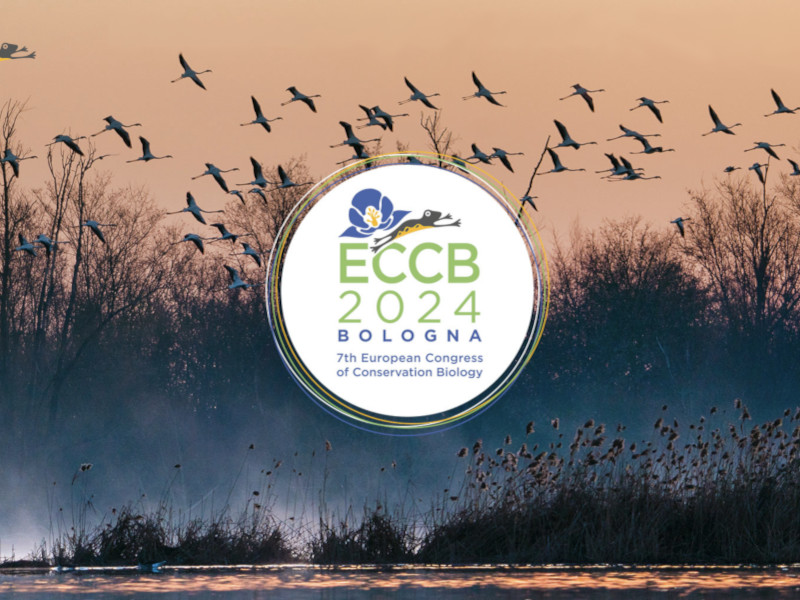
European Congress of Conservation Biology, Bologna
A talk on the Proparts Project, with a focus on the many conservation problems plaguing Lake Pergusa, one of the very few sites hosting sexed populations of Chara canescens was presented June 2024 at the 7th European Congress of Conservation Biology, held in Bologna, Italy. Title of the talk: “The management of brackish inland lakes: the case study of Pergusa Lake (Sicily) with its sexual population of Chara canescens (Charophyceae)”. Presenter: Angelo Troia.
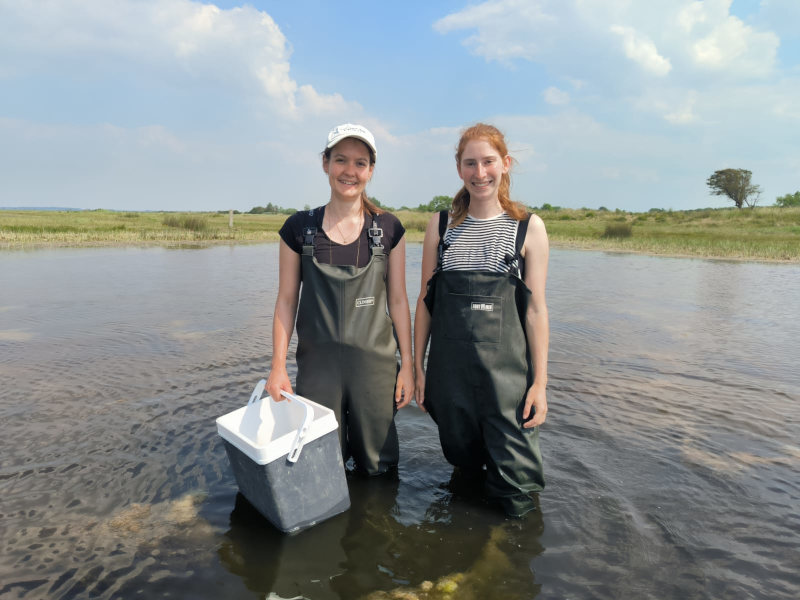
Sampling campaign in Northern France
In June, two scientists from Rostock visited 32 ponds and ditches along the French west coast from Bordeaux to Amiens. As many of the records of Chara canescens date back to the 19th century, the habitat conditions had often changed and were no longer suitable for the occurrence of the stonewort. Nevertheless, with local support, six populations of Chara canescens were found and sampled.
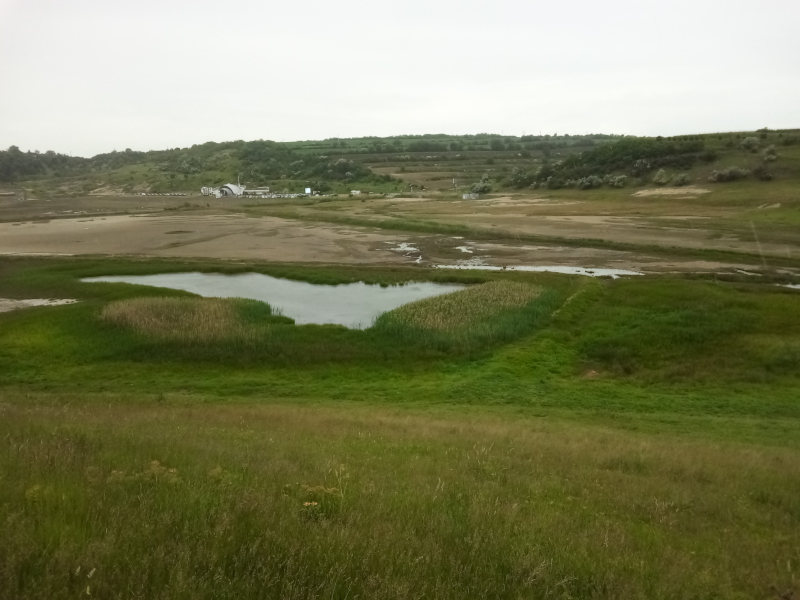
Searching for Chara canescens in Romania
Based on a herbarium specimen from the 19th century, which documents the occurrence of male individuals of Chara canescens near Sibiu, salt sites in Transylvania were searched for current populations. Despite seemingly ideal habitat conditions at some of the locations, the scientists from Rostock were unable to report any finds.
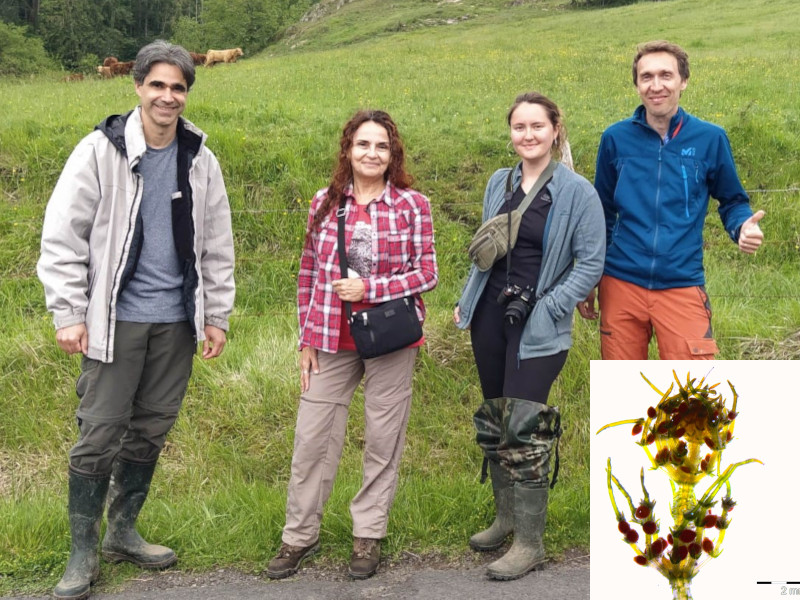
France, Massif Central
Last May, the researchers from the University of Valencia met the authorities Aurélien Labroche (Conservatoire Botanique National du Massif central) and Stéphane Cordonnier (Conservatoire d'espaces naturels d'Auvergne) in the Massif Central of France. There, they sampled several locations: they revisited two parthenogenetic populations of Chara canescens and checked multitude of potential locations.
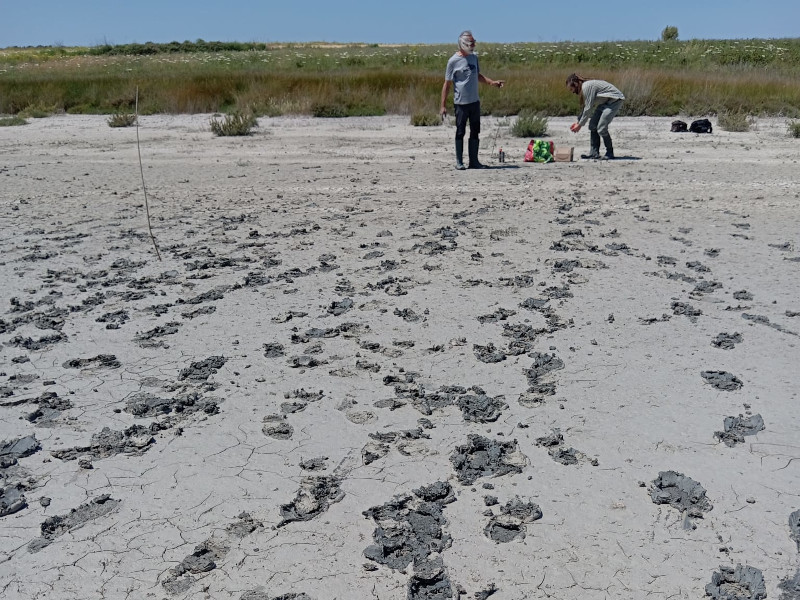
Sampling campaign and meeting in Sardinia
Sampling campaign and meeting with stakeholders of "Pauli Murtas" a wetland included in the Municipality of San Vero Milis (Sardinia). The project was presented to the Major of San Vero Milis, Luigi Tedeschi.
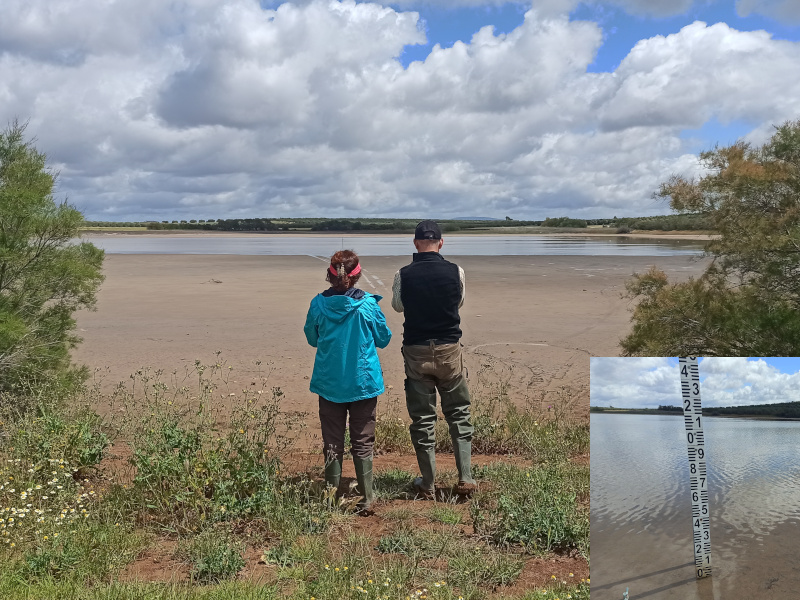
Spain, Andalucìa Lakes
In April, the researchers from the University of Valencia and University of Seville sampled seven different lakes in Málaga and Seville provinces, in Spain. Unfortunately, any population of Chara canescens was found alive, due to the bad conditions of the lakes, being most of them dry or with few water. Further analyses of the samples will tell us about the presence of oospores from the species in the sediment.
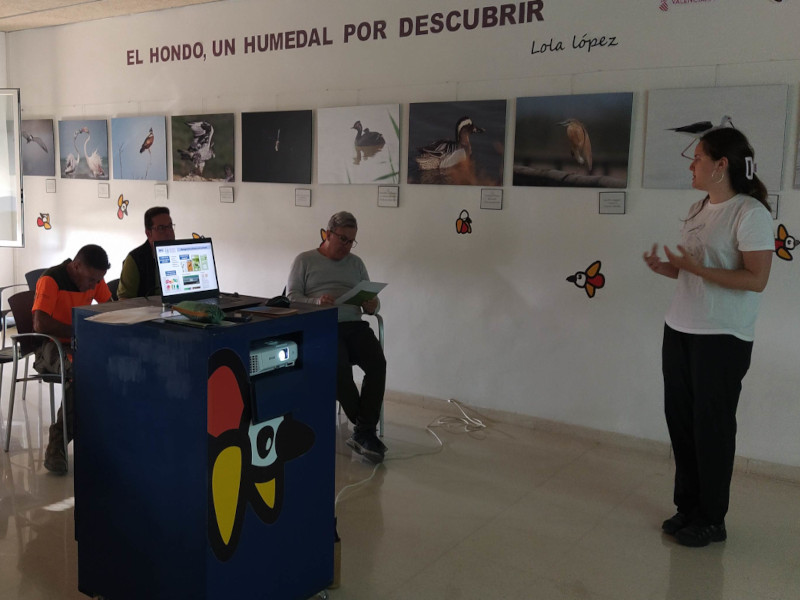
Sampling campaign and meeting in Alicante
Sampling campaign and meeting with stakeholders of the Natural Parks "El Hondo" and "Santa Pola" (Alicante). The project was presented to the Director of both parks, Francisco José Martínez García, and to the staff involved in educational tasks.
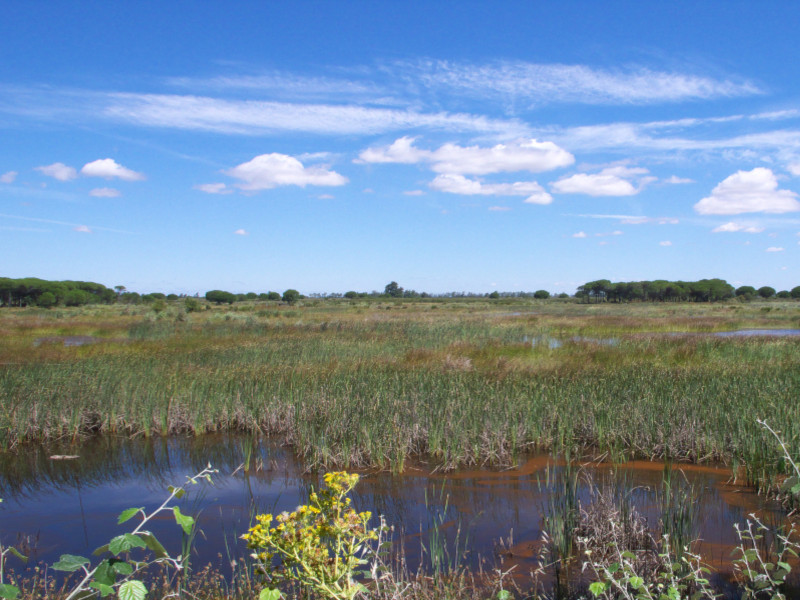
Third ProParts meeting - Doñana National Park, Spain
Visit to the Doñana National Park and its salt marshes complex where lots of Chara canescens populations live, including a sexual one from Lucio Largo, in the eastern part of the National Park.
Second ProParts Meeting - Sicily, Italy
After the meeting in Palermo, aimed at planning field collection activities, the parthenogenetic Sicilian population of Chara canescens at “Margi Milo” and the sexual population at the Pergusa Lake were visited.
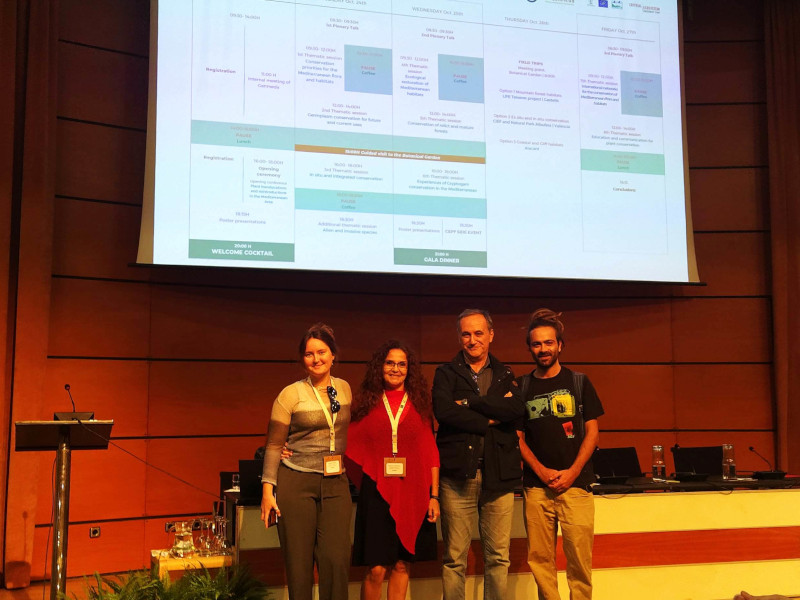
4th Mediterranean Plant Conservation Week - Valencia, Spain
The ProParts project, and related Chara canescens issues, was presented to international plant conservation specialists.
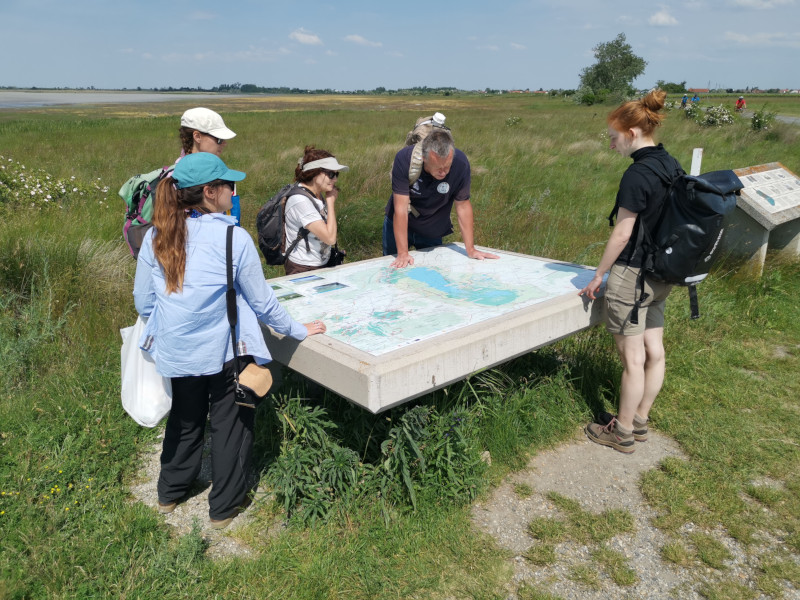
First (kick-off) ProParts Meeting - St. Andrä, Austria
The ProPartS partners met together for the first time in Austria and highlighted the steps for the near future of the project.
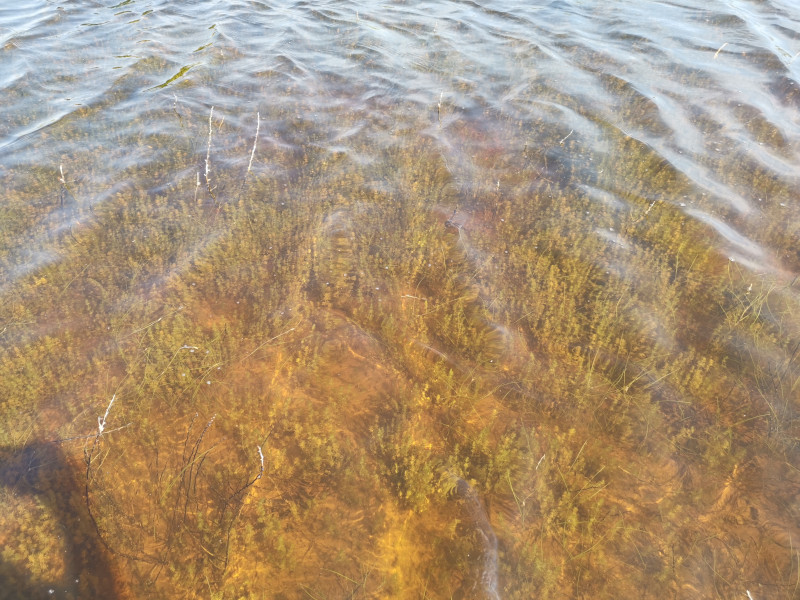
Kick-off meeting of Biodiversa+ projects
The kick-off meeting of the research projects funded under the BiodivProtect research Call on «Supporting the protection of biodiversity and ecosystems across land and sea» took place in Prague on 19 April 2023. 36 excellent research projects with potential impact on society and policy were funded: ProPartS is one of these. Read more on Biodiversa website
